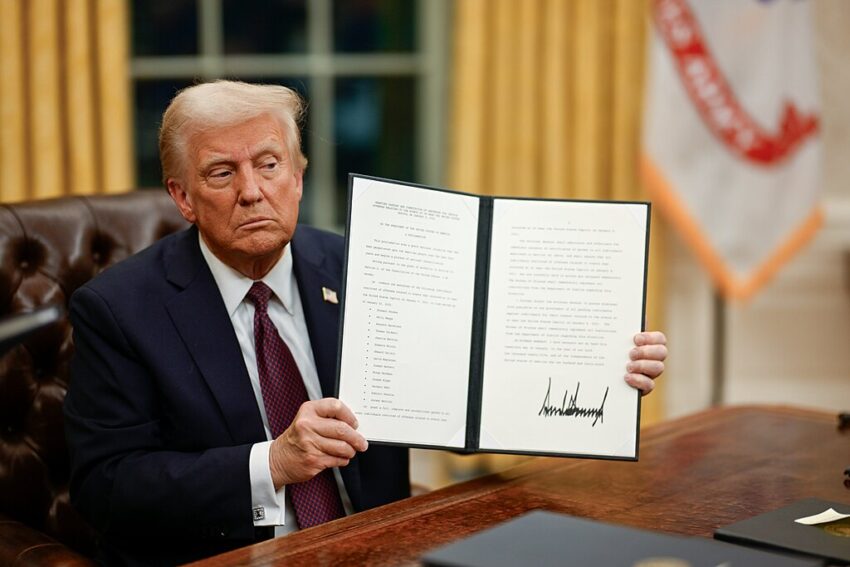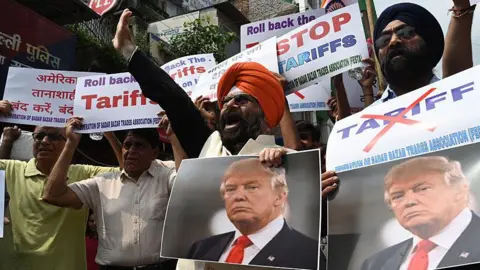India’s aspirations in the field of artificial intelligence (AI) are increasingly in the spotlight as the country races to develop its own foundational language model akin to China's DeepSeek, which has significantly lowered the cost of creating generative AI applications. Following the global sensation of ChatGPT, which revolutionized conversational AI, India's efforts seem to be lagging, particularly with foundational technologies like chatbots that rely on these models.
Indian officials maintain that a domestic equivalent to DeepSeek is on the horizon, with the government allocating high-end chips to startups, universities, and researchers to support development efforts. There is optimism from global AI leaders regarding India's potential; notable figures like OpenAI's CEO Sam Altman now recognize India as a burgeoning market for AI prowess. Additionally, tech giants like Microsoft have made significant investments, committing $3 billion towards AI infrastructure in India.
However, experts caution that despite the encouraging developments, India risks falling behind due to fundamental structural issues. Prasanto Roy, a technology analyst, notes that both the US and China have established a considerable head start, having invested extensively in research and development as well as applications in military and law enforcement sectors. While India ranks in the top five on Stanford's AI Vibrancy Index, a measure that assesses several factors including research and funding, it still lags considerably when it comes to patenting—receiving less than half a percent of AI patents granted globally between 2010 and 2022.
Moreover, the financial backing for India's AI mission falls significantly short compared to its counterparts; with a state-funded mission valued at just $1 billion positioned against the US's staggering $500 billion and China's $137 billion investments in AI initiatives. Compounding this issue is the lack of high-quality, regionally-specific datasets, essential for training AI models that address India's diverse languages, such as Hindi and Tamil.
Despite these barriers, India benefits from a wealth of talent, with 15% of the world’s AI workforce originating from the country. Nevertheless, increasing numbers of AI professionals are choosing to leave, undermining India's ability to nurture domestic breakthroughs. Addressing these challenges requires a collaborative framework similar to that which enabled India’s payments revolution through the Unified Payment Interface (UPI), which amalgamated the efforts of government, industry, and academia.
While Bengaluru hosts a robust outsourcing industry, experts assert that a shift from service-oriented AI solutions towards foundational technology development has not occurred. The timeline established by Indian authorities for foundational advancements is perceived by some as overly optimistic, raising doubts about the feasibility of developing a model like DeepSeek in the immediate future.
However, experts suggest that India may leverage existing open-source platforms to innovate and guide its AI progress. A sustained commitment to creating foundational models will be essential for India to diminish reliance on external technologies and navigate the prospects of sanctions effectively. Building out the necessary computational infrastructure, including semiconductor manufacturing capabilities, represents critical next steps in catching up. Without significant structural reforms and development investment, bridging the widening gap with the US and China may take longer than anticipated.





















